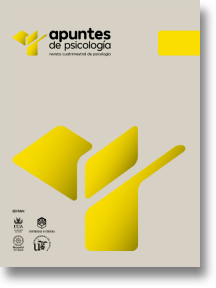Talking To the Streets: Residents’ Role Transformation in the North Capitol Community
DOI:
https://doi.org/10.55414/8x1m2e84Keywords:
Participatory Action Research, youth violence, natural leaders, community residentsAbstract
In the shadow of the nation's capitol, a team of university-based researchers and community partners initiated a violence prevention project. The extent of the need for such an initiative was underscored by the fact that there were already 16 conflict resolution programs in place along with scores of home visiting, substance abuse prevention, family preservation, and other family support efforts in this relatively small geographic area. Our early experiences resembled those of other outsiders who come to help community residents cope with their high rates of crime and low rates of school completion: community-based agencies were identified as partners, statistics supporting the need for the intervention were gathered, and a federal grant was written and awarded. As the project was implemented within a participatory action framework, natural leaders in the community emerged (i.e., residents, not agency administrators) and the consensus-building process yielded a cadre of concerned citizens that led the implementation and evaluation of a pilot program for reducing youth violence. Our experiences provide some lessons learned in how to successfully engage community residents in new roles as trainers and community-based researchers, as well as illuminate some challenges posed by a participatory action framework.
Downloads
References
.
Downloads
Published
Issue
Section
License
Copyright (c) 2022 APUNTES DE PSICOLOGÍA

This work is licensed under a Creative Commons Attribution-NonCommercial-NoDerivatives 4.0 International License.


















